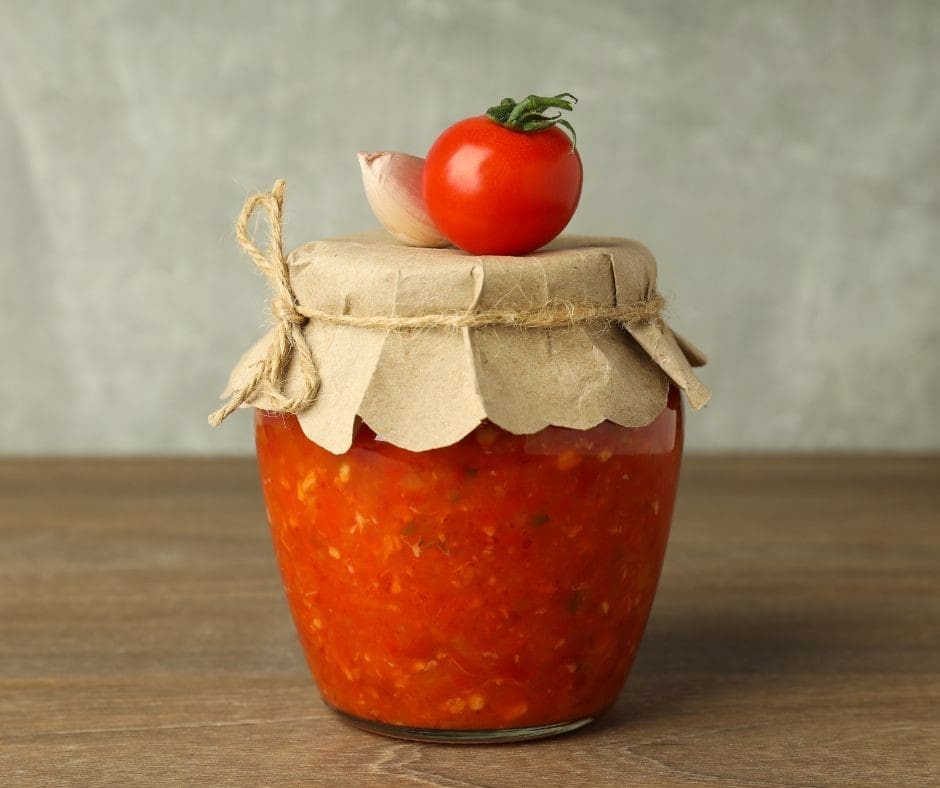Kansas State University food scientist Karen Blakeslee shares tips on how to enjoy tomatoes all year round by canning them for later use.
Storing whole tomatoes, tomato juice, or sauce provides flexibility for using them in a variety of recipes. Canning allows for larger quantities to be preserved, unlike freezing, which is limited by freezer space.
When canning, tomatoes require acidification—adding acid to raise their acidity level. Since the natural pH of tomatoes, regardless of variety or color, is at or above 4.6, they are considered low-acid foods. To ensure safety, bottled lemon juice, citric acid, or vinegar must be added during canning, as fresh lemon juice has inconsistent acid levels. This acidification is essential for both water bath and pressure canning methods.
Similarly, recipes like salsa, which use tomatoes as a key ingredient, will also require lemon juice or vinegar to maintain safe acidity levels, and it’s important not to alter ingredient amounts.
Blakeslee said that the K-State Research and Extension publication, Preserve it Fresh, Preserve It Safe: Tomatoes, provides a helpful chart for correctly adding acid to canned tomatoes. This resource is available for free online through the K-State Research and Extension bookstore.













